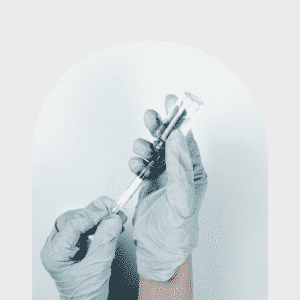Description
Carpal tunnel release is a surgery used to treat and potentially heal the painful condition known as carpal tunnel syndrome. Doctors used to think that carpal tunnel syndrome was caused by an overuse injury or a repetitive motion performed by the wrist or hand, often at work. They now know that it’s most likely a congenital predisposition (something that runs in families) – some people simply have smaller carpal tunnels than others. Carpal tunnel syndrome can also be caused by injuries, such as a sprain or fracture, or repetitive use of a vibrating tool. It’s also been linked to pregnancy, diabetes, thyroid disease, and rheumatoid arthritis.
The median nerve and tendons that allow your fingers to move pass through a narrow passageway in the wrist called the carpal tunnel. The carpal tunnel is formed by the wrist bones on the bottom and the transverse carpal ligament across the top (or inside) of the wrist. When this part of the body is injured or tight, swelling of the tissues within the tunnel can press on the median nerve. This causes numbness and tingling of the hand, pain, and loss of function if not treated. Symptoms usually start slowly and may get worse over time. They tend to be worse on the thumb side of the hand.
During a carpal tunnel release, a surgeon cuts through the ligament that is pressing down on the carpal tunnel. This makes more room for the median nerve and tendons passing through the tunnel and usually improves pain and function.




















